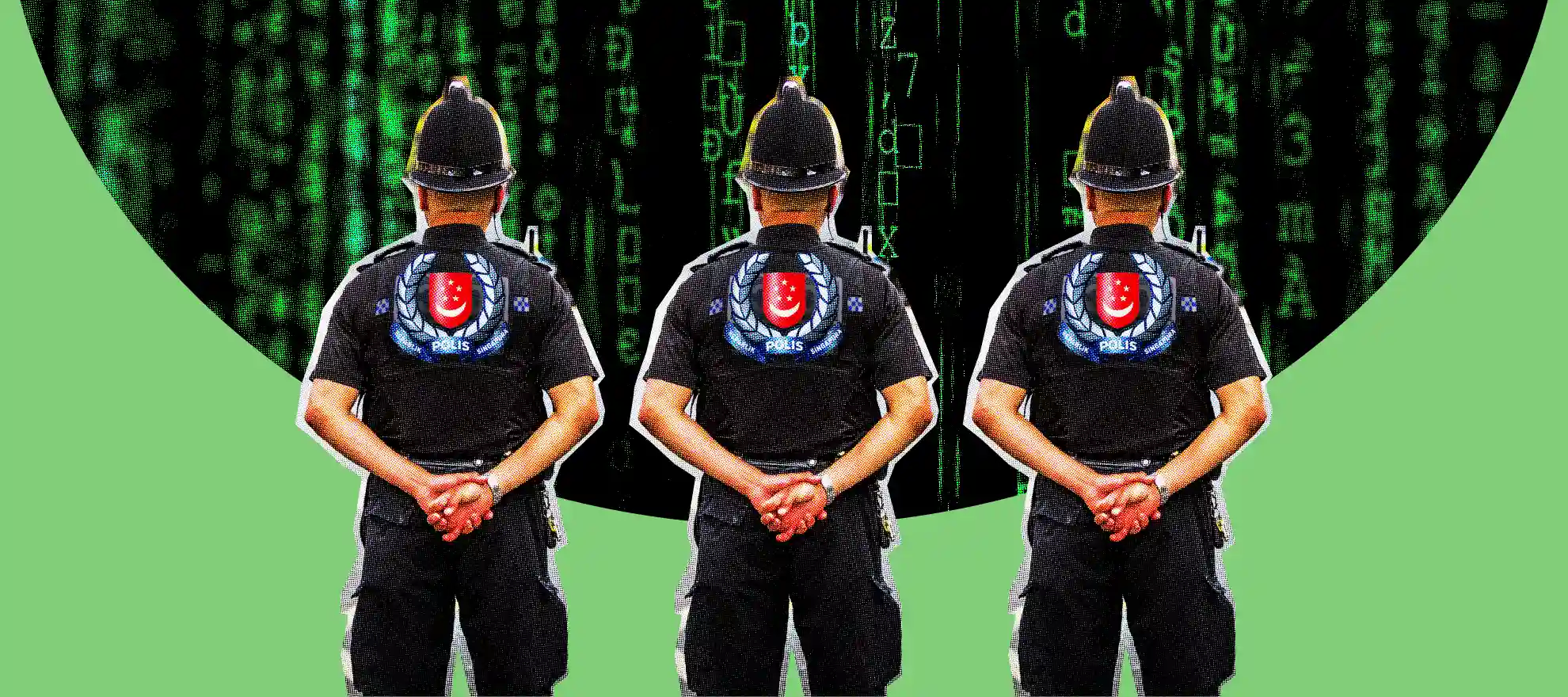Singapore’s law enforcement expressed concern about the growing level of cybercrime and unveiled the most popular methods of stealing crypto. Criminals can use sophisticated malware packages to phish and steal assets with no upfront costs.

The Singapore Police Force (SPF) and the Cyber Security Agency of Singapore (CSA) published a joint paper outlining some fraudulent schemes. The document covered cyberattacks and the means to protect against them.
It states that the most popular way to steal crypto is through the use of crypto drains, i.e. malware that targets users’ crypto wallets. SPF and CSA claim that novice cybercriminals can use sophisticated malware without developing or buying it. They use commercial drainer-as-a-service (DaaS) kits popular in the criminal environment. The DaaS provider supplies all the necessary software to steal crypto free of charge. In return, novices need to give a percentage of the loot.
The document notes that attacks related to crypto drainers usually start with phishing campaigns. Scammers spread malicious links by hacking into popular social media accounts or major service providers’ databases to send fraudulent emails.
Chris Larsen, Co-Founder and Executive Chairman at Ripple, was one of the latest victims. His personal XRP accounts were hacked. Larsen identified the problem and froze the funds. According to anonymous blockchain analyst ZachXBT, hackers stole ~213 million XRP ($112.5 million).
To protect digital assets from cyberattacks, SPF and CSA recommend storing them in hardware cryptocurrency wallets. But in practice, devices for cold crypto storage don’t guarantee the safety of funds.
Singapore authorities requested that all such incidents be reported to officers and crypto service providers. They warned that the best protection for crypto is users’ vigilance and skepticism. Crypto investors should be cautious when following links.
The largest data breach in history, Mother of All Breaches (MOAB), containing the information of more than 26 billion accounts, was discovered.









